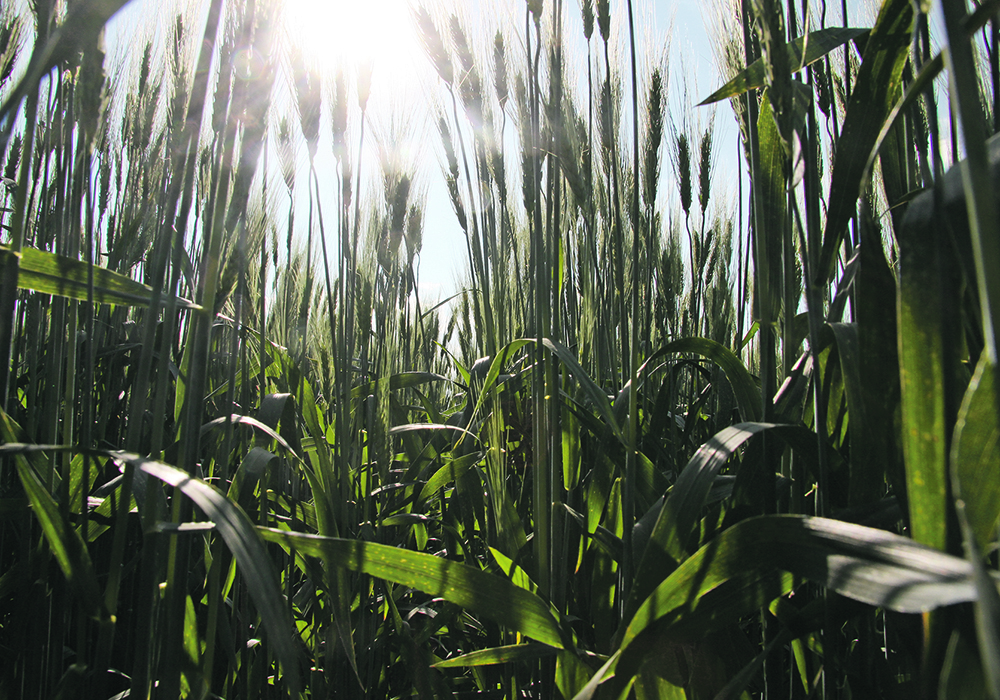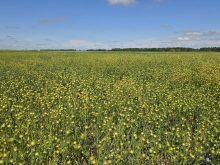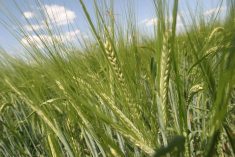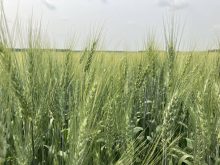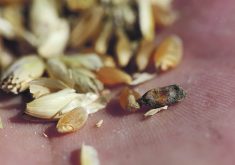Grocery buyers seeking an affordable way to feed their families are looking toward pasta as an “inflation-proof” meal idea, says a durum wheat merchandiser with pasta maker Barilla.
“The high inflation rate is actually causing greater demand for pasta,” said Greg Viers, Barilla’s durum wheat and semolina purchasing manager for the United States and Canada.
With pasta, “you can still feed a family of four for probably US$6 or $7 — including the cost of sauce, maybe $7 or $8 at the very most,” Viers said during a recent visit to Saskatchewan.
Read Also

Agritechnica Day 3: Hybrid drive for a combine, data standards keep up to tech change and tractors of the year
Agritechnica 2025 Day 3: Hybrid drive for a combine, data standards keep up to tech change and tractors of the year.
“We often say it’s an inflation-proof food, so (Barilla’s) business has been quite good,” despite rising inflation.
Viers was in Swift Current, Sask., recently to attend Durum Summit 2023, an industry event that attracted durum growers, researchers, processors and merchandisers.
In North America, Barilla buys durum wheat from Canadian and American farmers. It produces semolina and pasta at American plants in Iowa and New York.
Viers said durum sourced in Canada offers different quality characteristics than durum sourced in the United States.
Over the years, Canadian cereal breeders have done an outstanding job improving the quality of Canadian durum, particularly with regard to enhanced gluten characteristics, he added.
“There’s some different quality characteristics that each set of genetics lends to our ability to maintain our pasta quality,” Viers said.
“So, we typically have both U.S. and Canadian durum in our wheat mix.”
Barilla uses only durum wheat to make its pasta products, Viers added.
Non-durum wheat types are not blended with durum because the resulting pasta products do not have the preferred quality.
“Barilla does not blend any other type of wheat in our products,” he said.
“That’s forbidden. It is strictly durum wheat because that’s what makes the best, high-quality pasta.”
In a Feb. 1 interview with The Western Producer, Viers said one of the top challenges facing the Canadian durum industry will be the need to develop new varieties that are resistant to fusarium head blight.
FHB is a plant disease associated with the development of deoxynivalenol, or DON, a mycotoxin that most commonly affects corn, wheat, oats and barley.
High levels of DON, also known as vomitoxin, in processed foods can cause vomiting, diarrhea, abdominal pain, headaches, dizziness, and fever.
Over the long-term, FHB will likely limit the planted acreage of durum in North America, Viers suggested.
Barilla purchases North American durum with maximum DON levels of 2.5 parts per million (p.p.m.).
By comparison, buyers in the European Union — the top export market for Canadian durum —have a maximum residue limit for DON set at 1.75 p.p.m., but that threshold is set to be lowered to 1.5 p.p.m. beginning in July 2024.
Viers said Barilla has not decided yet if it will follow the EU’s lead and demand lower DON levels in the North American durum that it sources.
“I don’t know if we will also go to that level,” he said.
“It’s not mandated for us to do that by any regulatory agency in the United States, but the disease, I think, long-term could limit the acres of durum that get planted.”
Barilla completed a takeover of Canadian pasta brands Catelli and Lancia in 2021.


